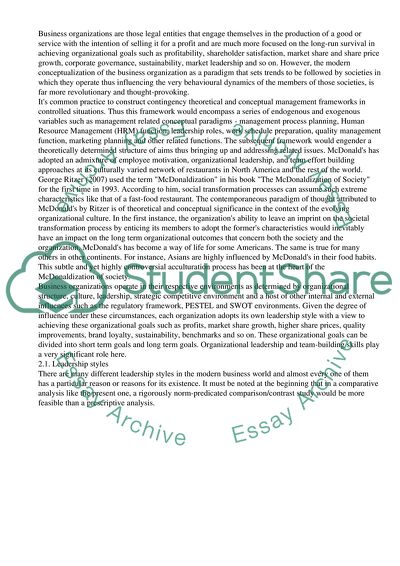Cite this document
(“Management and Organizational Behavior Essay Example | Topics and Well Written Essays - 2000 words”, n.d.)
Retrieved from https://studentshare.org/business/1509831-management-and-organizational-behavior
Retrieved from https://studentshare.org/business/1509831-management-and-organizational-behavior
(Management and Organizational Behavior Essay Example | Topics and Well Written Essays - 2000 Words)
https://studentshare.org/business/1509831-management-and-organizational-behavior.
https://studentshare.org/business/1509831-management-and-organizational-behavior.
“Management and Organizational Behavior Essay Example | Topics and Well Written Essays - 2000 Words”, n.d. https://studentshare.org/business/1509831-management-and-organizational-behavior.


